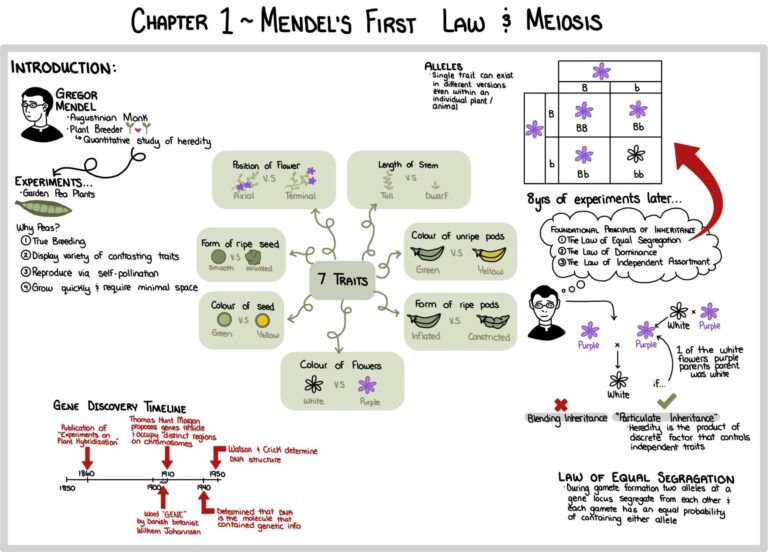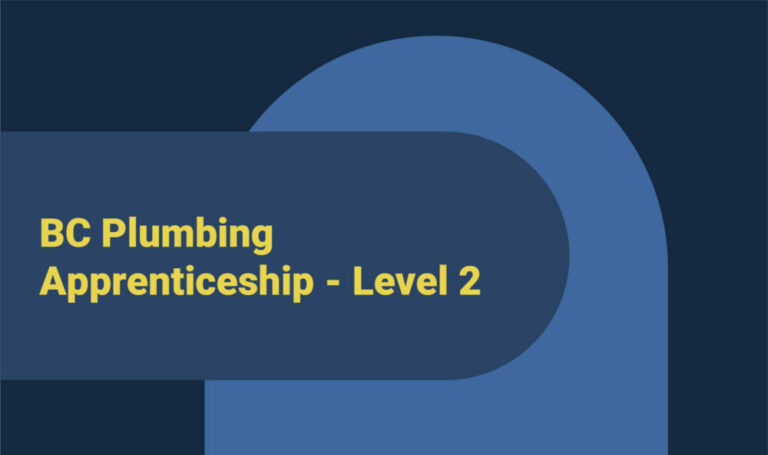Organic Chemistry Digital Learning Resources

Faculty/Staff: Jessica Allingham
Platform: WordPress/ trubox
Site link (if applicable): https://organicchemistry.trubox.ca – COMING SOON!
Services provided: Creation of WordPress site, video support (including transcripts and editing), accessibility support, H5P training and support
Description: TRU Open Press is proud to support this innovative project, where students are creating open-access video and H5P resources for Organic Chemistry 1 and 2 using Lightboard technology. These engaging, interactive materials aim to supplement lectures and improve student success in these foundational courses. By featuring previous students as peer mentors, the project highlights diverse voices, making the material more relatable and encouraging students to feel, “If that student can do this, so can I.” The resources will be available on TRUbox and our Open Press YouTube channel, helping students connect with diverse role models and engage deeply with course material. Through this project, we aim to enhance student belonging, self-efficacy, and success in STEM fields.
Impact Summary
- Used in course(s): Organic Chemistry 1 and 2. These courses are foundational, high enrollment courses in BSc programs.
- When: Spring 2025
- Estimated number of students using textbook(s): 150
- Average price of textbook or resource replaced:
- The average price of an organic chemistry-related textbook in Canada typically ranges from $60 to $200+ depending on format (print or ebook) and publisher – we are using a modest estimate of $100/ high quality textbook, featuring accessibility and engaging components such as videos, graphics, and interactive H5P activity components. Additionally, supplementary study materials, tutoring, and study aids often cost students around $50 each.
- Estimated savings: These supplementary resources, including the videos and interactive components, will save students from purchasing additional study aids or tutoring. By providing a cost-effective enhancement to the course, the estimated savings would be:
- $50 x 150 students = $7,500 (per year)
While not replacing the course textbook entirely, these resources significantly reduce students’ need to invest in additional learning materials, making the course more accessible and affordable.
- $50 x 150 students = $7,500 (per year)





